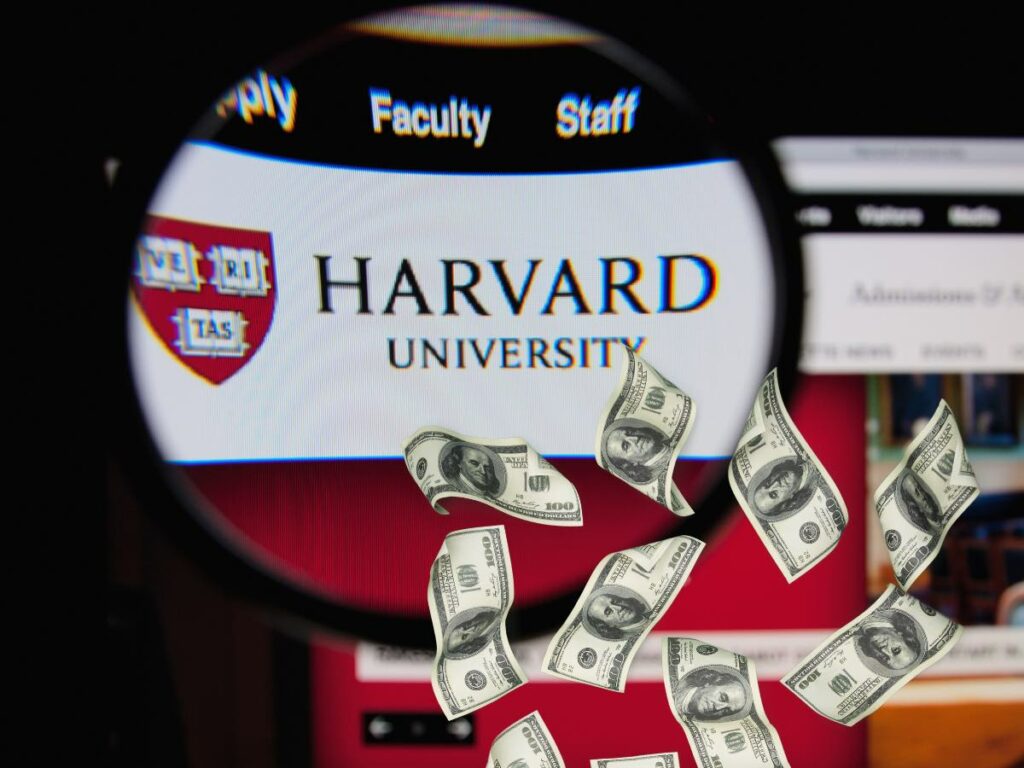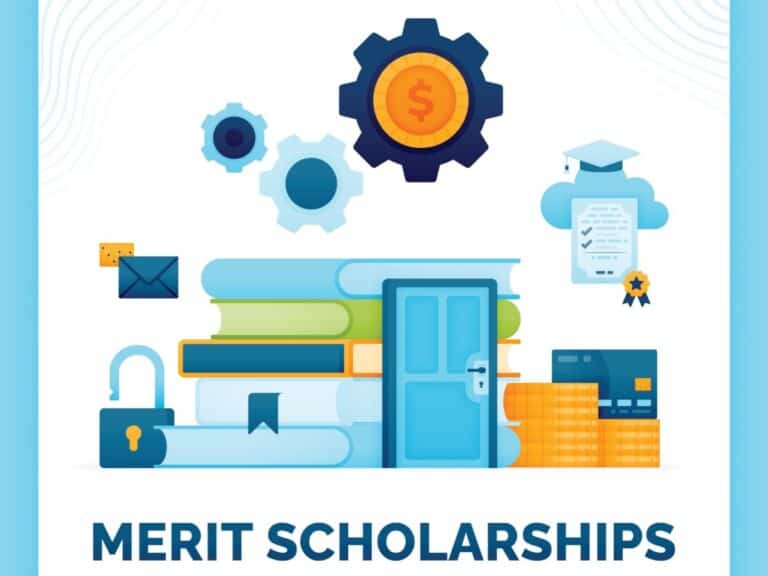Harvard’s Financial Aid Decoded: How to Afford the Ivy League
Many college-bound teens find two things about Harvard University daunting.
First, the ridiculously low acceptance rate — as of this writing, it accepts only 3% of all applicants.
Second, the exorbitant price tag.
The estimated cost of attendance for the most recent academic year is $87,450 — tuition costs $54,269, which is almost 40% higher than the national average tuition for private non-profit four-year institutions ($38,768).
Luckily, thanks to scholarships, most students do not pay a college’s full sticker price.
But does Harvard offer scholarships?
Harvard definitely offers scholarships! According to the prestigious Ivy League school, approximately 55% of students receive scholarships, making a Harvard degree accessible to low-income students.
There’s more to Harvard scholarships you need to know about.
You got the grades and test scores to get in.
You got extracurriculars, essays, and recommendations that can impress college admissions officers.
But you are not so sure about your budget.
So, if the cost of attendance is an important matter of consideration in building a college list, check out the rest of this post before you decide to include Harvard University in it.
Yes, you could still qualify to receive need-based aid even if your family makes a lot of income.

Harvard Scholarship Types
It’s not uncommon for many colleges and universities to offer various types of scholarships.
Some offer both need-based and merit-based scholarships — the latter can come in various forms, ranging from academic scholarships for STEM and other subjects to athletic scholarships.
At Harvard, there is only one type of scholarship: need-based scholarship.
Why Harvard Doesn’t Offer Merit-Based Scholarships
Harvard doesn’t award any merit-based scholarships because it’s committed to supporting students who will benefit the most from financial assistance — those from low-income households.
It adds that its need-based scholarships take care of 100% of its student’s demonstrated need.
Harvard is devoted to admitting deserving students no matter their financial situation.
It’s due to this that it’s need-blind.
Simply put, a need-blind admissions policy does not consider the ability of a candidate’s family to pay tuition, which means demonstrating financial need and applying for scholarships won’t affect the chances of getting in.
Everyone knows that Harvard is highly selective, and those who get in are top-performing students.
With so many bright students on campus, Harvard will surely run out of money if it gives away merit-based scholarships as probably each and every student will qualify for it.
Does Harvard Have Athletic Scholarships?
Athletic scholarships are merit-based scholarships for those who participate in sports.
Since all Harvard scholarships are need-based, student-athletes playing for Harvard do not receive any athletic scholarships — instead, those from low-income families may apply for need-based scholarships.
In place of athletic scholarships are incentives student-athletes at Harvard can enjoy.
For instance, it gives recruited athletes an 86% chance of getting in.
Compared to other types of students with certain qualities that make them attractive to Harvard’s admissions officers, recruited athletes enjoy the highest admissions chances.
Here are the acceptance rates for other Harvard candidates, according to the Harvard Crimson:
- Children of faculty and staff: 47%
- Dean’s listers: 42%
- Legacy applicants: 33%
Does Harvard Offer Full-Ride Scholarships?
Various sources confirm that Harvard University scholarships do not include any full-rides.
However, it’s possible for you to receive a full-ride scholarship to Harvard from a private or third-party scholarship provider, like a non-profit organization, business, foundation, or even a philanthropist.
It’s worth noting that, while there are no full-rides, Harvard meets 100% of a student’s demonstrated need.
So, what does meeting 100% of demonstrated need mean?
Simply put, it means that Harvard covers the total cost of attendance (tuition, room and board, books, supplies, etc.) minus the amount your family is expected to contribute as the FAFSA and CSS Profile determine.
Due to this, believe it or not, 24% of families pay zero dollars for their children’s Harvard education!
How Harvard Determines Demonstrated Need
By now, we have established the fact that scholarships for Harvard are all need-based.
There are two things that Harvard establishes to know how it can make itself accessible to poor students:
- Demonstrated need
- Family’s expected contribution
In the process, various things are considered, and they include the family’s:
- Annual income
- Assets
- Size
- Unusual expenses
Harvard believes that each family’s situation is different.
That said, it considers the financial circumstances of your family on an individual basis, especially if there are occurrences that the standard financial aid application cannot easily describe.
As mentioned, 55% of Harvard’s students receive scholarships, and 24% pay nothing.
Meanwhile, the average aid package awarded to recipients amounts to $70,478.
Will You Qualify for Harvard’s Need-Based Scholarships?
Does Harvard give scholarships?
It absolutely does, and all of them are need-based and meet 100% of demonstrated need.
However, whether or not you will qualify for a scholarship at Harvard to make attending a school with an estimated cost of attendance per year amounting to $87,400+ possible for a low-income student is another question.
Incomes Below $85,000: Zero Contribution
In the past, families who made below $75,000 per year were not expected to contribute anything to their kids’ Harvard University attendance — they paid zero dollars, in short.
Harvard raised the amount to below $80,000 to make more students and families benefit.
Approximately 24% of families sending their children to Harvard make less than $80,000 per year.
It’s due to this that 24% of Harvard’s students are paying nothing!
Meanwhile, families that make anywhere between $85,000 to $150,000 per year will have to contribute anywhere from 0% to 10% of their income to the undergraduate studies of their youngsters.
It’s worth noting that families with significant assets will have to contribute more than those without assets.
This rule applies regardless of the income bracket in which a family belongs.
Can You Qualify for a Harvard Scholarship If Your Family Makes $200K?
Earlier, I mentioned that Harvard considers extenuating financial circumstances when determining how much scholarship money a student attending it is eligible to receive.
It’s this guiding principle that makes it possible for wealthy students to qualify for need-based aid, too.
As strange as it may seem, you could get a Harvard scholarship even if your parents make more than $200,000 per year!
Having an extenuating financial circumstance makes it possible — at Harvard, hundreds of students from families that make over $200K annually receive aid because of an unusual financial situation.
Disclaimer: The views and opinions expressed in this article are those of the authors and do not necessarily represent those of the College Reality Check.





